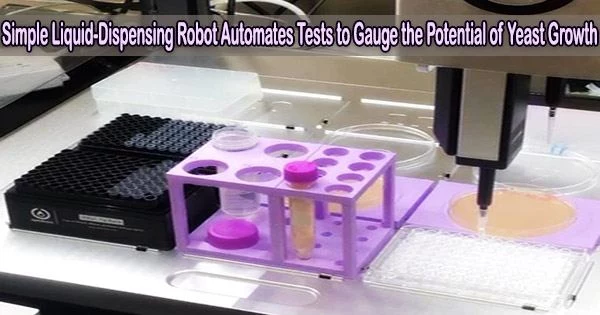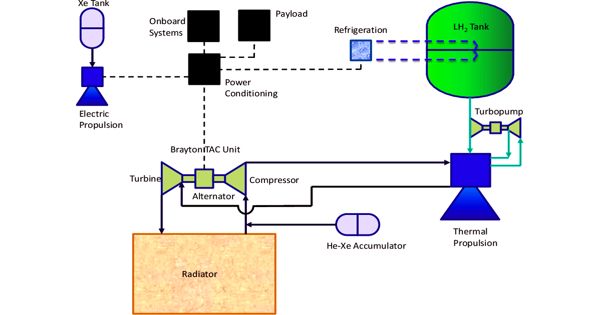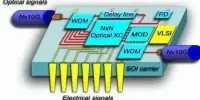The advancement of such automation may improve efficiency and reproducibility in life-science research while optimizing the allocation of human resources, including researchers. Automation of life-science experiments using robots and computers is gaining attention across the globe in various fields.
The employment of large, multipurpose robots or specialized equipment, however, has caused issues with the execution of automated tests, including a rise in the number of instruments and the challenge of installing new equipment in conventional laboratories.
Additionally, there aren’t many examples of automated life science investigations that make use of cheap, simple-to-install robots. To promote and accelerate the adoption of laboratory automation, the capabilities and applications of such robots must be increased.
This study developed an automated spot assay system for budding yeast (Saccharomyces cerevisiae), a model eukaryotic organism, using a liquid-dispensing robot that performed simple functions.
Spot assays are tests to determine how differently yeast can grow on agar media and are frequently used in genetics and toxicology. However, up to now, only expensive techniques, such deploying big robots and specialized machinery, have made automation viable.
The University of Tsukuba research team has created a new technique for automatically adjusting differences in the height of agar media as well as a system for automatically monitoring and measuring yeast growth.
Based on this, a flatbed scanner and a liquid-dispensing robot might be attached to create an automated system for spot tests. The accuracy of the automated spot assay experiments was comparable to that of the manual trials, according to quantitative comparisons between automated experiments carried out by the designed robotic system and manual experiments carried out by humans.
The paper is published in the journal SLAS Technology.
The accomplishments of this research are anticipated to make it easier for a variety of researchers to implement automated experiments. The new approach will also provide the technical underpinnings for the automation of larger-scale yeast research and AI-driven investigations.
















